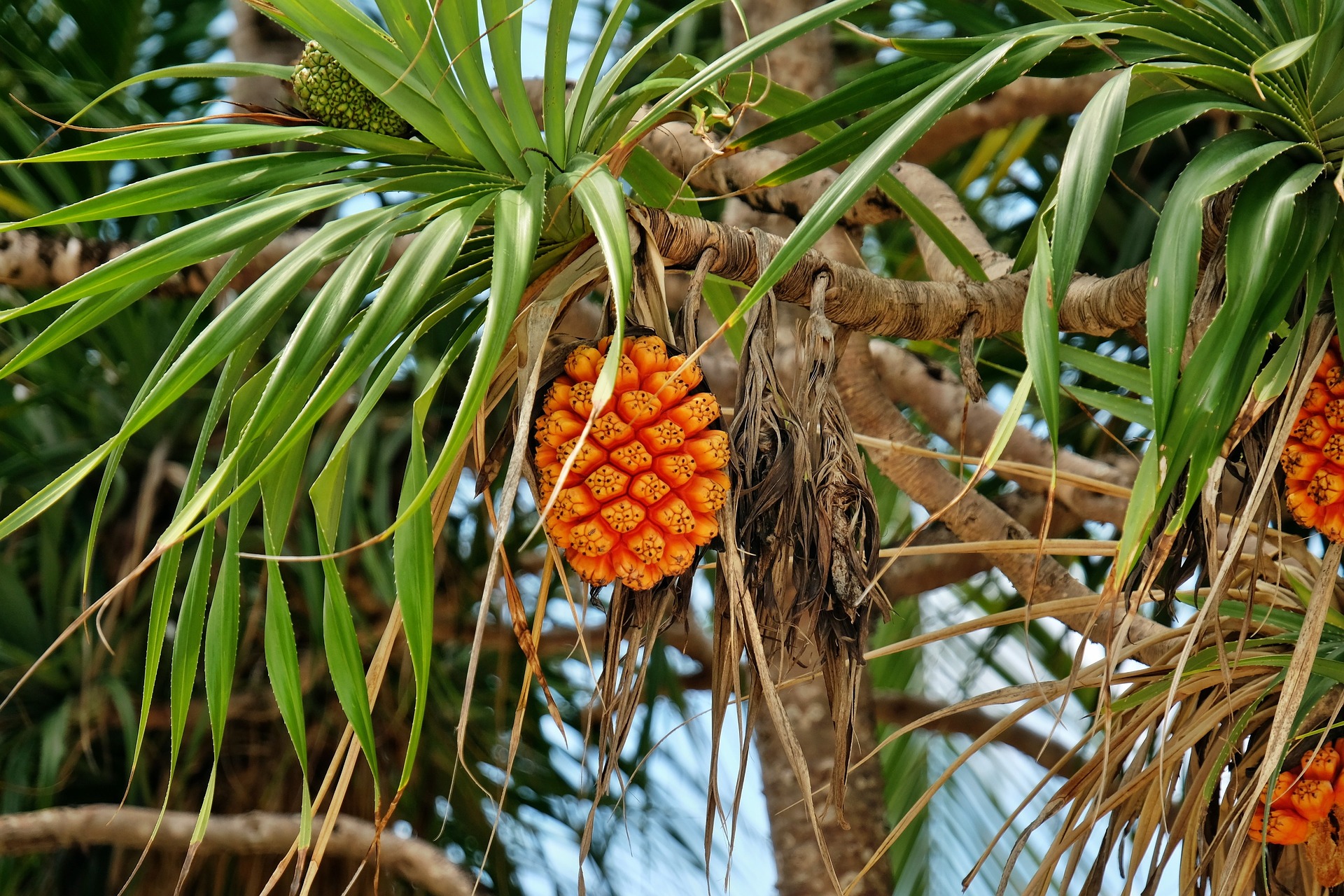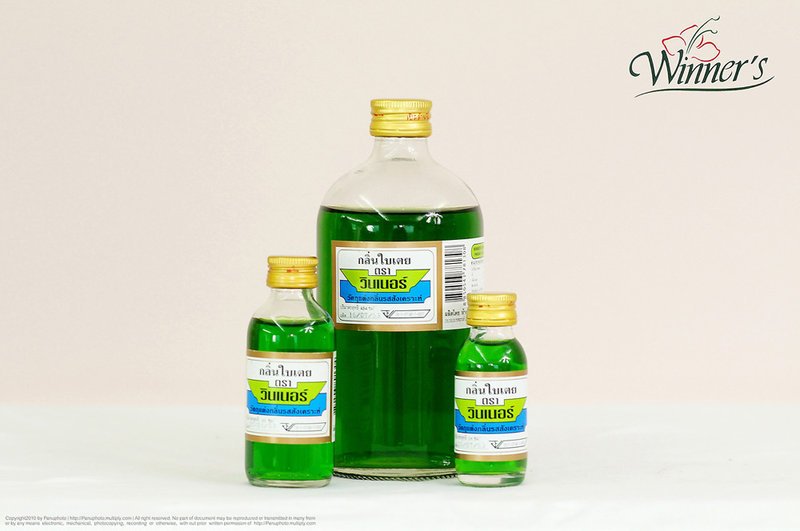
The pandan juice is then measured and an equal amount of sugar is added to make the syrup. The pandan pulp is returned to the blender with a little more water added and the process is repeated. Pandan leaves are blended with a little water to create pandan juice then strained. The third method involves making pandan juice then turning it into a syrup. Both methods yield a similar result and a syrup with a very pale green tinge as seen in the photo above on the right. The second method involves making the simple syrup first (equal parts sugar and water) then adding the pandan leaves, turning off the heat and steeping overnight before straining and bottling. The first involves bringing equal parts of sugar, water and pandan leaves to the boil, simmering for a few minutes, removing from heat and allowing it to step for 6 hours before fine straining and bottling. The first two methods are very alike in approach. There are several ways to make pandan syrup, each with its own advantage. Both pandan juice and pandan extract should be stored in the fridge and last up to 5 days. It is more concentrated than pandan juice and has a slightly bitter taste.

The green sediment that sinks to the bottom is the pandan extract. Pandan extract is made the same way then left undisturbed in the fridge for about 24 hours for the liquid to split and separate. Pandan juice is the result of blending pandan leaves with water then staining it through a fine strainer or cheese cloth. Pandan Juice vs Pandan Extractīefore delving into methods of making pandan syrup, it’s important to differentiate between pandan juice and pandan syrup. The flavour of pandan adds complexity to food and drinks with an earthy, grassy note, somewhat sweet, with hints of coconut on the back palate. It’s often referred to as having a vanilla-like character with a nutty note. The taste of pandan is not so simple to describe. If you’ve visited PS40 bar in Sydney, or attended the Mace x PS40 pop up with Nico de Soto, you’ve most likely tasted pandan in one of their cocktails. Often described as the “vanilla of Southeast Asia”, pandan is known to impart a unique aroma, flavour and colour. The leaves are used in Southeast Asian cooking to add flavour to rice, desserts, cakes and drinks. Tip #2: allow the rice to rest before opening the rice cooker (or pot) and fluffing up the grains.Pandan Syrup – Photo © Cocktails & Bars What is PandanĪlso called screwpine, pandan ( pandanus amaryllifolius) is a tropical plant that resembles a palm with aromatic, long green blades and pointed ends. (The ratio of milk: rice is super important for a light and fluffy rice!) If you want a very strong coconut flavor, use coconut water with the coconut milk (instead of regular water.) If not the dish would be much too sticky and heavy. Tip #1: you need to add water when cooking coconut rice. Whatever type of coconut rice you're making, the flavors of these easy side dishes complement it well! Expert Tips In Thailand, the rice used is obviously long-grain jasmine rice.

In the Caribbean, they add beans or pigeon peas.

In Singapore and Malaysia, coconut rice is nasi lemak, or rice cooked with coconut milk, pandan, lemongrass and more spices. There are many types of coconut milk rice, depending on the country you are from.

What's your favourite curry puff filling? I like potatoes in mine! Jump to:


 0 kommentar(er)
0 kommentar(er)
